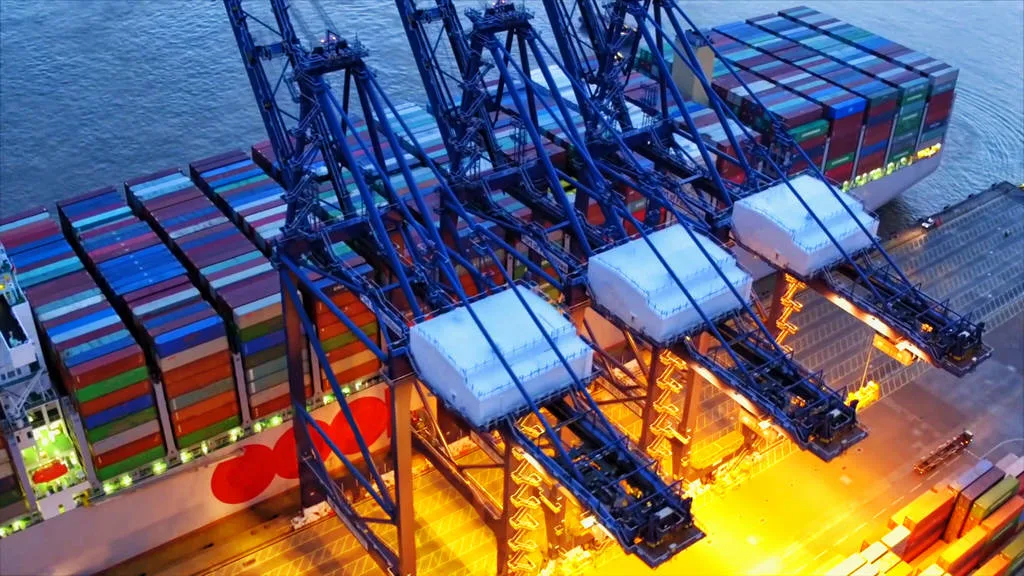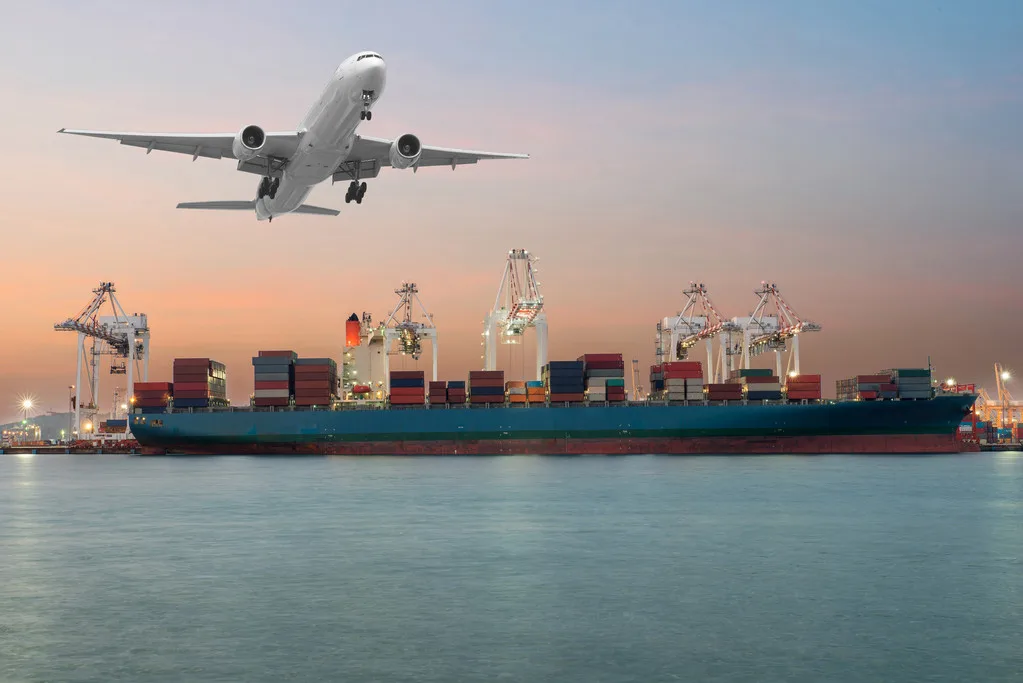Shipping from China to Japan:A Comprehensive Guide
Shipping from China to Japan is a key component of economic and cultural exchanges between China and Japan, playing an important role in both countries’ economies. This article takes you to understand the transportation methods, time, cost, and other information from China to Japan
Shipping Modes from China to Japan
Sea transportation
Sea transportation is one of the most commonly used methods of international cargo transportation, suitable for large quantities of goods, heavy equipment or cost-sensitive goods. China’s major seaports such as Shanghai, Shenzhen, Qingdao and other places have regular routes to major ports in Japan such as Tokyo, Yokohama, Osaka, Kobe and Nagoya. The sea transportation time is about 25 to 45 days, depending on factors such as routes, ship schedules and weather. Sea transportation is divided into full container load (FCL) and less than container load (LCL), which are suitable for goods of different volumes and needs.
Air transportation:
For urgently needed or high-value goods, air transportation is a faster option. Major cities in China such as Beijing, Shanghai, Guangzhou and other cities have direct flights to Tokyo, Osaka and other cities in Japan, and the transportation time is generally within 2-7 days. Air freight costs are relatively high, but it can significantly shorten the transportation time and is suitable for urgent delivery or small and light items.
Railway transportation
Rail transportation is a new mode of transportation in recent years, especially between China and Europe. Although there is no direct railway line between China and Japan, it can be indirectly connected through the Silk Road Economic Belt and the Eurasian Land Bridge, or by land transportation to South Korea and then by sea transportation to Japan. This multimodal transportation method is suitable for medium-sized goods with certain time requirements.
Land and sea transportation
It is suitable for goods from inland areas of China to Japan, first by land transportation to coastal ports in China, and then by sea transportation to Japan. This method provides flexibility in time and cost.
Express service
International express companies such as EMS, DHL, and フェデックス provide door-to-door services from China to Japan, which are particularly suitable for small and urgent goods. Express services usually use air transportation, but may also be combined with other modes of transportation according to the characteristics of the goods and customer needs.

Shipping Costs From China To Japan
The cost of shipping from China to Japan varies depending on the mode of transport (sea, air, courier services, etc.), the weight, volume, type of cargo, and whether special handling is required. The following is a rough range of costs based on the previous information, calculated in US dollars, but please note that the actual costs will fluctuate over time.
Full Container Load (FCL): The cost of a 20-foot container is approximately between $154 and $294; the cost of a 40-foot container is approximately between $294 and $560. This mainly depends on the port of departure, the port of destination, and the service selected.
Less than Container Load (LCL): If the cargo is small, you can choose a less than container load service. The cost is calculated based on the volume or weight of the cargo, usually per cubic meter, and the price may be between $112 and $175, depending on the actual situation of the cargo.
航空貨物
Cost: Air freight prices are based on the weight of the cargo, and the cost per kilogram may range from a few dollars to more than ten dollars, depending on the airline and the weight of the cargo. For example, the cost of the starting weight may be $28, and then increase per kilogram, but the price will fluctuate according to market conditions.
Features: Air freight is fast and suitable for urgent and high-value goods. The transportation time is usually within 3 to 7 days.
Express service
DHL, EMS, etc.: Taking EMS as an example, the cost of the first 500 grams may be about US$15, and the additional weight is about US$3.5 per 500 grams. The cost of other express delivery such as DHL may be higher. The specific price needs to be checked for the latest quotes from various express companies.
The actual cost also needs to take into account exchange rate fluctuations, fuel surcharges, insurance premiums, possible tariffs, VAT, customs clearance fees, and any special service fees.
Since transportation costs fluctuate frequently with the market, the above prices are only approximate references. The specific transportation costs need to be determined based on the latest market prices and specific circumstances.

Shipping Time From China To Japan
海上貨物
Sea freight is a more cost-effective option, but it takes longer. Sea freight from China to Japan generally takes between 7-30 days, depending on the distance between the starting and destination ports, the ship schedule of the selected route, and possible weather delays. On average, the normal time for sea freight is about 8-15 business days.
航空貨物
Generally, air freight is the fastest mode of transport from China to Japan, with a transit time of about 1-4 days. Specifically, standard 航空貨物 time is about 3-5 business days, but this may also vary depending on the type of goods, customs clearance speed and the arrangement of specific routes. Urgent goods or special services may be faster and arrive within 2 days.
Railway
Although there is no direct rail connection between China and Japan, it can be indirectly connected through transcontinental rail transport services, which usually takes about 5-7 days, but this usually involves rail transportation from China to South Korea and then sea transportation to Japan, so the actual operation is more complicated and may not be common.
Express delivery service
Express delivery services (such as EMS, DHL, FedEx, etc.) combine air and ground transportation. Generally, it takes 3-7 working days to send express from China to Japan, depending on the type of goods, the destination, and whether it is sensitive or special goods.

Shipping Routs From China To Japan
Sea Shipping Routes From China To Japan
Sea transportation is the traditional mode of transporting goods from China to Japan. It is suitable for large quantities, heavy goods, and cost-sensitive goods. The main routes and ports are as follows:
North China route: Ships from North China (such as Qingdao, Tianjin and other ports) usually pass through the Yellow Sea to the northern part of Honshu, Hokkaido, Japan, or bypass the Tsugaru Strait to reach the southern ports of Japan.
South China route: Ships departing from South China (such as Shanghai, Ningbo, Shenzhen and other ports) go directly to Shikoku, Honshu, Kyushu and Hokkaido in Japan via the East China Sea. Shanghai Port has the most routes to Japan, and can directly reach several major ports in Japan such as Tokyo, Yokohama, Osaka, Nagoya, Kobe, etc.
Air Shipping Routes From China To Japan
Air transport provides faster transportation speed and is suitable for urgent, high-value or small-volume goods. Direct flights from China to Japan are mainly provided by the following cities:
Shanghai Pudong International Airport: to Tokyo Narita Airport, Osaka Kansai Airport, etc.
Beijing Capital International Airport: to Tokyo Narita Airport.
Hangzhou Xiaoshan International Airport: to Tokyo Narita Airport.
Guangzhou Baiyun International Airport: to Tokyo Narita Airport.
Other cities: Chengdu, Xiamen, Qingdao, Dalian, Shenyang, etc. also have direct flights to Japan, covering major cities such as Tokyo, Osaka, Nagoya, Fukuoka, etc.
Air routes are not limited to these direct flights to cities, but also include routes to other cities in Japan through transfers.
Other Modes Of Transportation From China To Japan
In addition to traditional sea and air transport, there are also options such as rail transport and multimodal transport (such as land transport + sea transport), but there is no direct land connection between China and Japan. Rail transport usually needs to be transferred to Japan through other countries (such as North Korea) through the transcontinental railway network, which is relatively rare in practice.
Considerations for route selection from China to Japan
When choosing a route, you need to consider the nature, volume, weight, urgency and budget of the goods. Sea transport is suitable for large-volume, low-cost transportation, while air transport is suitable for urgent, high-value goods. At the same time, you also need to pay attention to the liner frequency, transportation time and cost of different ports, as well as the service quality and professionalism of logistics service providers.
Documents Required For Shipping From China To Japan

When transporting goods from China to Japan, a series of documents need to be prepared to ensure that the goods can be successfully cleared and delivered to the consignee. Here are some basic necessary documents:
Commercial Invoice: Detailed description, price, quantity, HS code and other information of the goods, which is the basis for calculating tariffs.
Packing List: List the details of the items in each package, including quantity, weight, volume, etc., for customs clearance inspection.
Bill of Lading (B/L): Required in the case of sea transportation, it is a certificate of ownership of the goods and also a proof of the transportation contract between the carrier and the shipper.
Air Waybill (AWB): Used in the case of air transportation, although it is not a certificate of property rights, it is also an important document for the transportation of goods.
Certificate of Origin (CO): Prove the place of production of the goods, which is crucial for enjoying preferential tariff treatment.
Customs Declaration: A formal document for declaring the import and export of goods, which must be filled in according to the requirements of the customs of both countries.
Inspection and Quarantine Certificate: Some goods (such as food, animal and plant products, etc.) may require it.
License or certification documents: For specific goods (such as medicines, medical devices, chemicals, etc.), corresponding import licenses or certifications that meet specific safety standards may be required.
Tax-related documents: In Japan, a copy of the importer’s Tax Compliance Certificate (TCC), Taxpayer Registration Number (TRN), and General Consumption Tax (GCT) certificate may be required.
Special cargo documents: Special goods such as dangerous goods and frozen goods require corresponding safety data sheets (SDS), dangerous goods declarations, etc.
It is very important to ensure that all documents are accurate and comply with the latest regulatory requirements of China and Japan. In actual operation, it is recommended to communicate with the logistics company or freight forwarder in advance to confirm which documents are required and prepare them in accordance with the latest international trade terms and regulations to avoid unnecessary delays or additional costs during transportation.
NEW SPEED is a professional freight forwarder for transporting China and Japan. With 12 years of professional service experience, if you have any questions, you can contact us at any time

